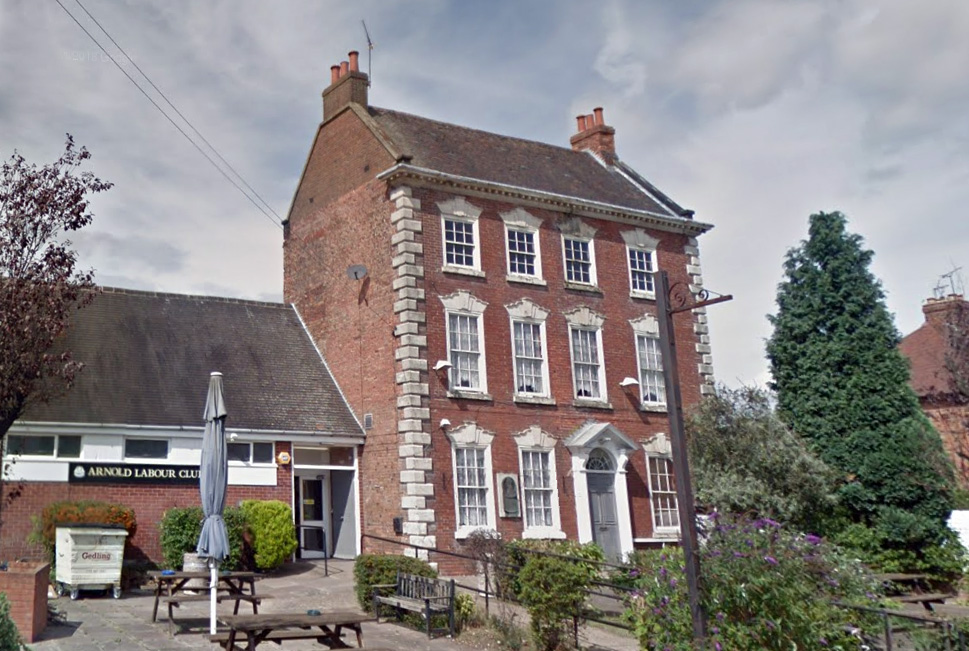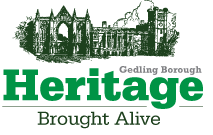Arnold
Arnold was a centre of the framework knitting industry in the 18th and 19th centuries and was the location of frame-breaking incidents during the Luddite riots, including on 11th March 1811, when 63 frames were smashed. Between 1792 and 1810 a large worsted spinning factory in Arnold provided mass employment. Children were brought from workhouses, including from London and Bristol, to work as apprentices at the factory and the thread from the mill was used by local knitters. Although this early factory closed and was subsequently demolished, Arnold became an important textile centre in the 19th century. One such company was I.& R. Morley, whose original factory still stands near Daybrook Square, though now converted into housing.
The offices of the former Home Brewery on Mansfield Road are a long, tall, brown brick building of three storeys, with a very tall central square tower providing a fourth storey. The Grade II listed building, designed by a local architect, Cecil Hewitt, has a decorative frieze on the front depicting brewing processes. Now officially known as Sir John Robinson House, it provides office space for Nottinghamshire County Council. Close by, on Mansfield Road, are the alms houses built by John Robinson; these twelve cottages were opened in 1899 as a memorial to Robinson’s son, killed in a horse-racing accident.
Arnold is the largest settlement in the borough, with a wide choice of shops and a range of restaurants, pubs and bars. Arnold Market opened in the town centre in 1968, with market days three times a week. Arnold also has a leisure centre with sports and swimming facilities, located next to the Bonington theatre and the library.

